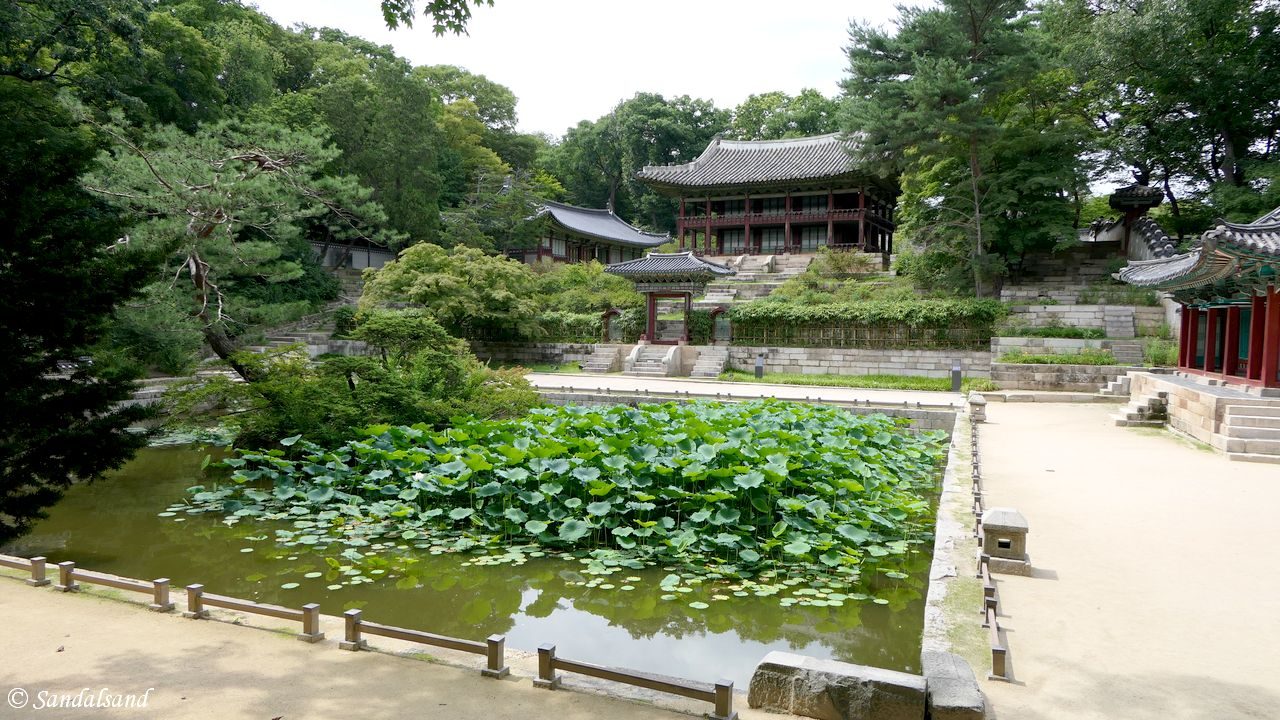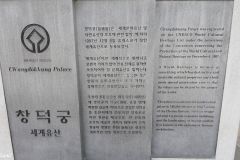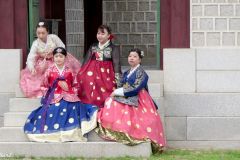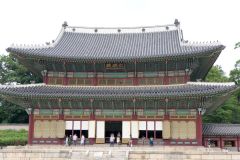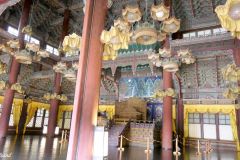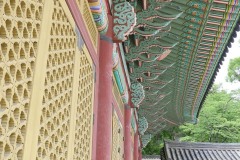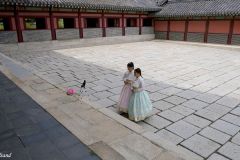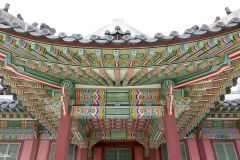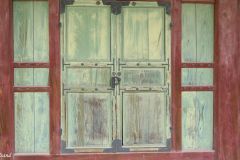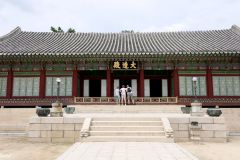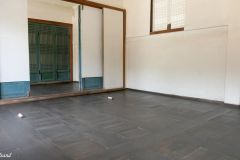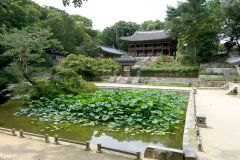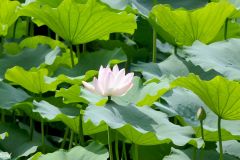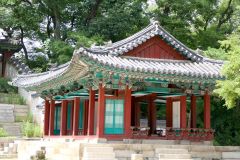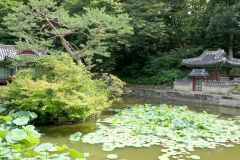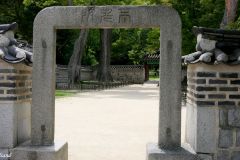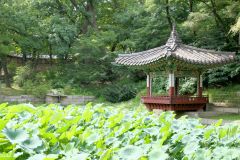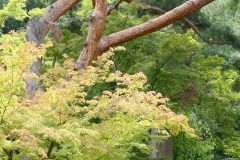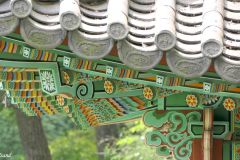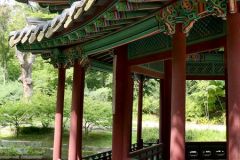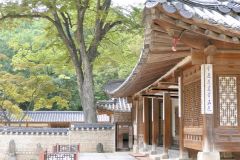The Changdeokgung Palace Complex is one of the five “grand palaces” in Seoul. It was originally constructed more than 600 years ago.
The UNESCO World Heritage List includes more than a thousand properties with outstanding universal value. They are all part of the world’s cultural and natural heritage.
Official facts
- Full name of site: Changdeokgung Palace Complex
- Country: South Korea (Republic of Korea)
- Date of Inscription: 1997
- Category: Cultural
UNESCO’s World Heritage Centre’s (short) description of site no. 816:
In the early 15th century, the King Taejong ordered the construction of a new palace at an auspicious site. A Bureau of Palace Construction was set up to create the complex, consisting of a number of official and residential buildings set in a garden that was cleverly adapted to the uneven topography of the 58-ha site. The result is an exceptional example of Far Eastern palace architecture and design, blending harmoniously with the surrounding landscape.
More background information
Source. Changdeok Palace dates back to 1405, the fifth year of Taejong, the third ruler. It was primarily a separate palace in emergencies, or when the king wanted to reside outside of the main palace. All palaces in Seoul were burned during the Japanese invasions of 1592-1598. They rebuilt the Changdeok Palace first. It became the king’s official main residence.
Changdeok Palace, or the “Palace of Illustrious Virtue,” is a compound of some 480,000 square meters around the foot of Mt. Eungbong. Numerous halls and pavilions lies in harmony with the natural contours of the surrounding hilly terrain. The site plan differs from the traditional Chinese-oriented style. The Gyeongbok Palace is an example of this. It typically had a symmetrical arrangement of major halls and gates along the north-south axis on flat ground. The mountain palace lacked a man-made axis regulating its spatial layout. Instead, it followed native Korean values emphasising harmony with nature.
The rear garden of Changdeok Palace epitomises traditional Korean landscape architecture. The natural contours of hills and valleys, waterfalls and woods are in pristine condition by minimising man-made elements. The rear garden occupies some 300,000 square meters, or 60 percent of the total palace grounds.
My visit
This is one of the five “grand palaces” in Seoul. The Changdeokgung Palace Complex was originally constructed more than 600 years ago and served as the primary royal residence for 270 years.
In spite of several destructions and reconstructions, the palace has retained its onetime atmosphere, architecture and not least a most wonderful rear garden.
I visited this palace complex in 2019. At the entrance I paid for the extra ticket to the rear “Secret” garden. The palace complex is huge. Walk freely through the gates, across the courtyards and to have looks inside the former office buildings and royal residences.
The Secret garden is only available on guided tours. There are several tours in English each day. Just make sure to be at the garden entrance at the right time. Be ready for a splendid walk in a hilly and forested area. It is beautiful.

